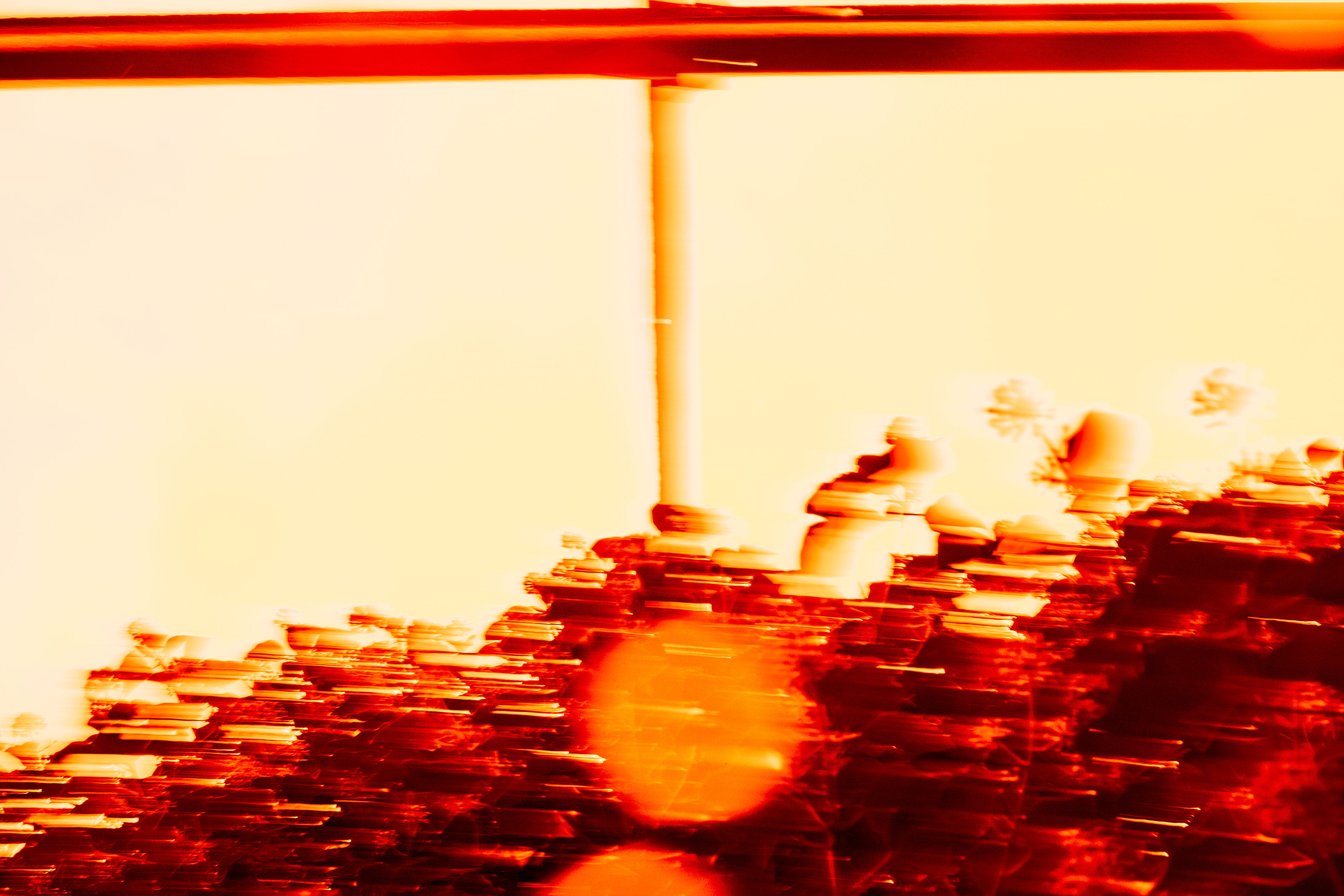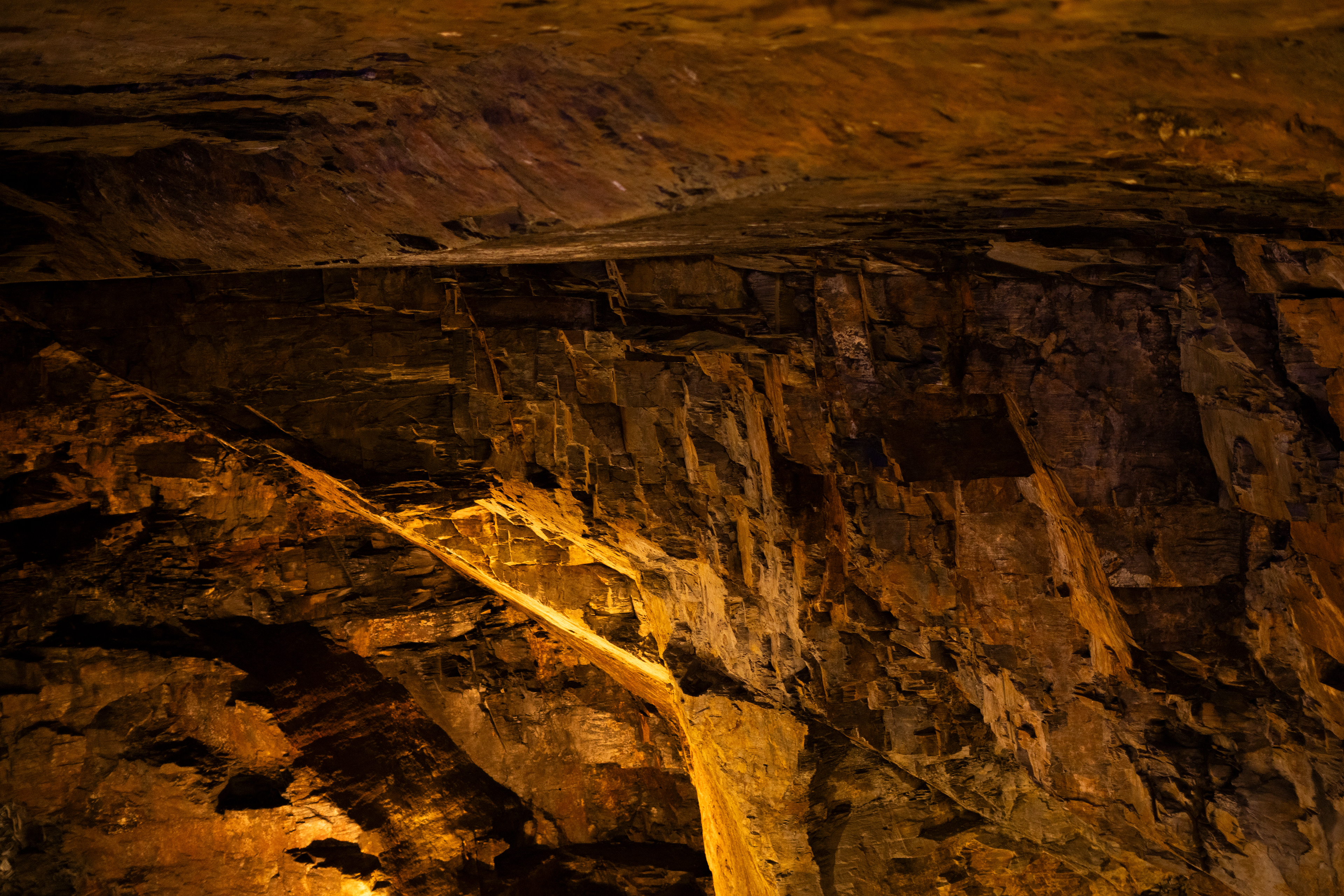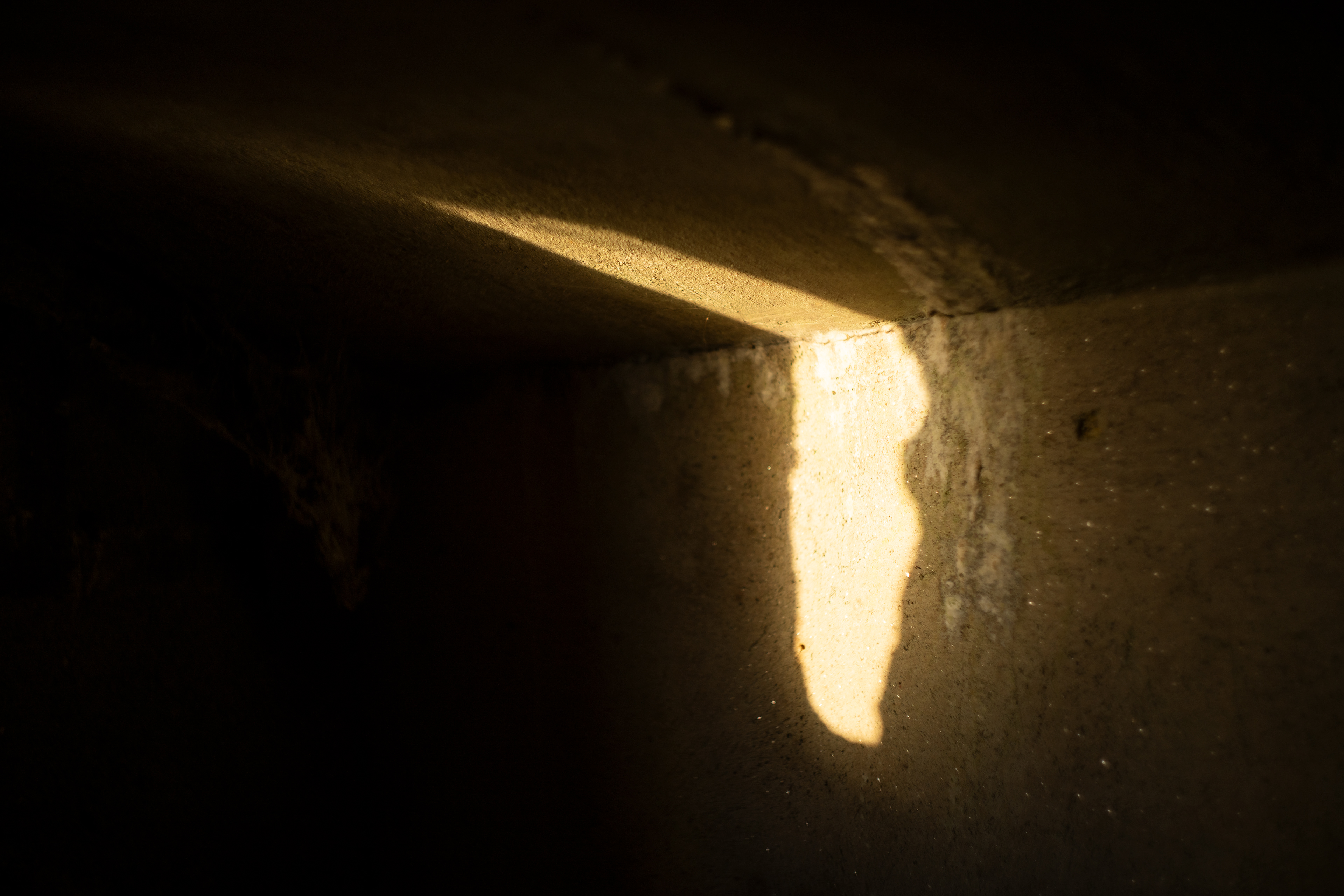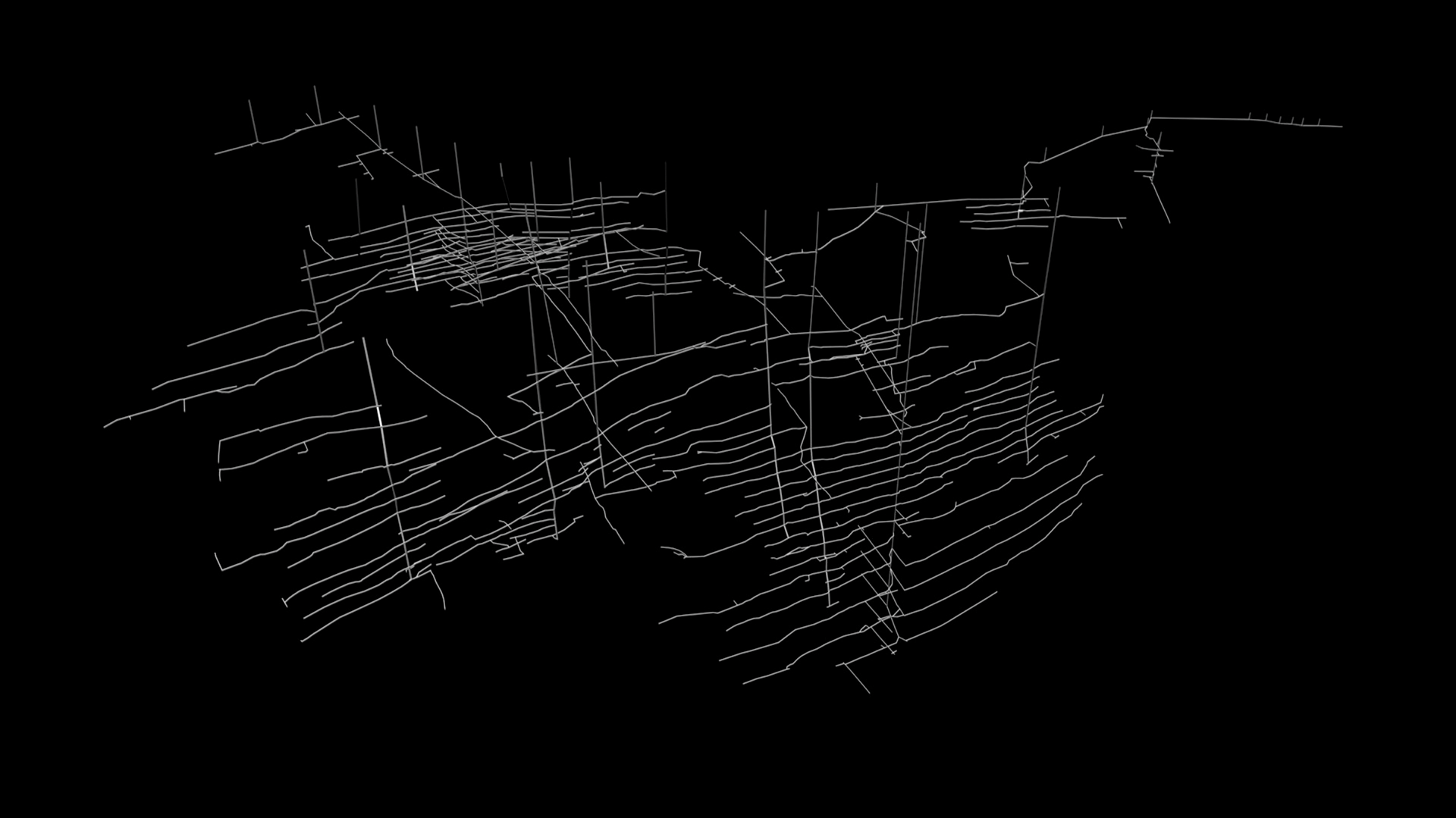VEINS
Cornwall and mining are inseparable. The county is dotted with slag heaps, engine houses, and toxic waste sites, but all these bear an enigmatic beauty. While in many countries, mines and equipment are repurposed, torn down, and built over, leaving the industry forgotten, Cornwall holds the spirit of mining and long-lost prosperity within its culture and landscape.
Knockers, spirits believed to live below the ground, are said to haunt the mines, and the county's car bumpers are adorned with engine house silhouettes next to anti-holiday let signage and Cornish flags. Cornwall's golden age of mining is celebrated for giving the county wealth, power, and an internationally sought-after mining workforce. However, poverty was still rampant, and the miners' lives were not easy.
Despite Cornwall's innovative mining technology and international economic growth, more was needed to save the Cornish industry from collapsing due to competition from other countries and plummeting metal prices. Consequently, Cornwall eventually became one of England's most impoverished areas.
Today, Cornwall boasts some of the world's richest lithium and 21,000,000 tonnes of the purest unmined tin deposits, creating a hypothetical economic boom for the area. Mining has returned to Cornwall, promising new prosperity and growth for the county's economy.
Veins asks what will happen to Cornwall's landscape after the county's new "undestructive" mining has occurred. When value is located within an area, the powers that be tend to extract it without remorse. All mining is temporary, and money is not generally shared once extracted from an area. Could Cornwall's second mining age leave it more scarred and depleted than before?























































All Rights Reserved, ©Finlay Apps 2024
With special thanks to Dr Keith Russ and 3Deep Media
